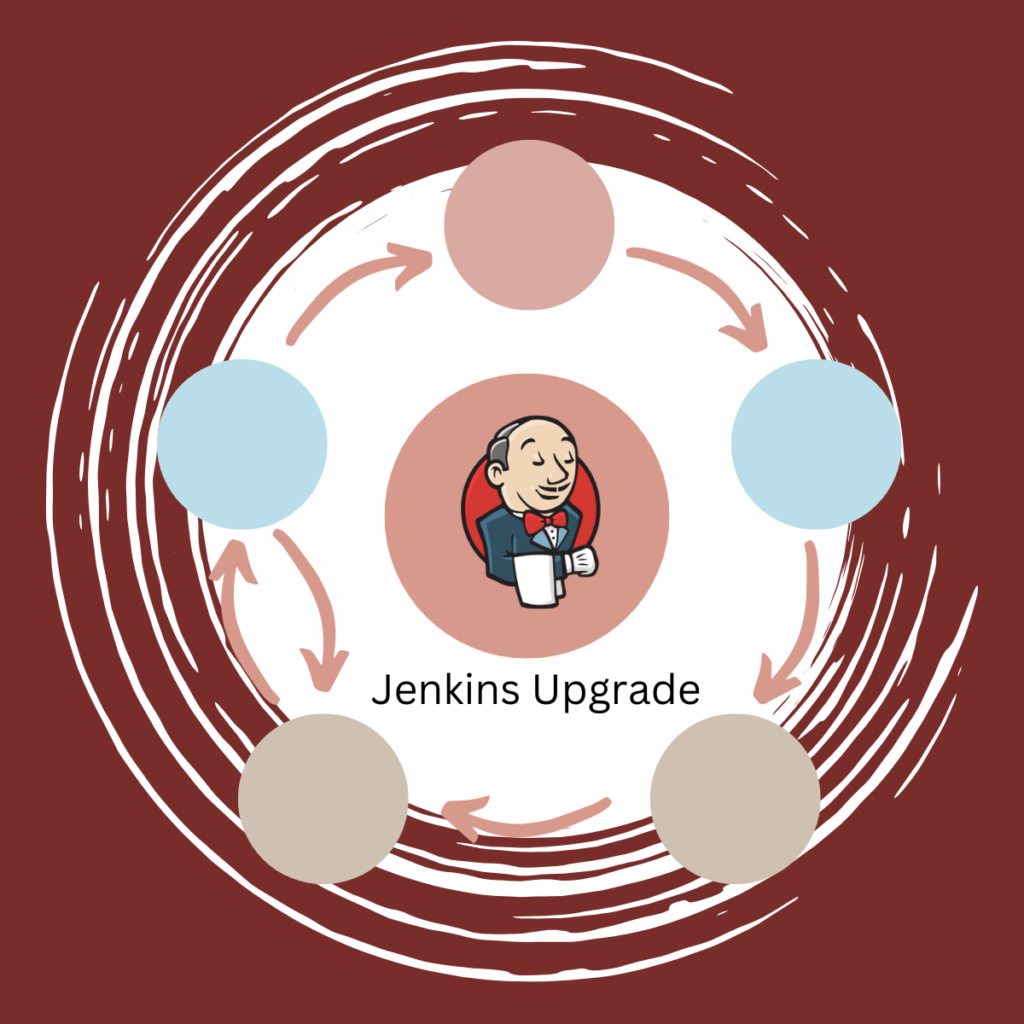Being part of my CI/CD engagements with many projects, I have seen teams struggle with dependency conflicts, project complexity and confusions in deployment. Often, the root cause is not flawed code. One of the reasons is inconsistent versioning which I have fixed for many teams. Yes, “making things simple is difficult”
Semantic Versioning (SemVer), a simple yet transformative system for versioning software. Let’s break down how SemVer works, why it matters for CI/CD pipelines, and how adopting it can save your team time, money, and headaches.
What Is Semantic Versioning?
Semantic Versioning, defined at semver.org, is a versioning scheme for software that communicates meaning through version numbers. It follows the format:MAJOR.MINOR.PATCH (e.g., 2.4.1).
Here’s what each component means:
MAJOR: Incremented for backward-incompatible changes.
Example: Renaming a critical API endpoint.
MINOR: Added for new backward-compatible features.
Example: Adding a new optional parameter to a function.
PATCH: Reserved for backward-compatible bug fixes.
Example: Fixing a security vulnerability.
By adhering to these rules, SemVer turns version numbers into a universal language for developers, DevOps teams, and tools.
Why SemVer Matters in CI/CD: Automation’s Best Friend
CI/CD pipelines thrive on predictability. SemVer is the secret sauce that lets automation tools say:
“A PATCH: Run quick tests and deploy to prod.”
“A MINOR: Test new features, but skip the fire drill.”
“A MAJOR: Sound the alarms (politely), run all the tests, and notify the CEO’s dog.” 🙂
Without SemVer, your pipeline is just guessing—and nobody wants a deployment that’s basically a magic 8-ball.
SemVer in Action: Examples for C, Java, and Go
Let’s get practical. Here’s how to implement SemVer in popular languages:
1. C Project (Because Sometimes You Need to Get Closer to the Metal)
In C, versioning often lives in a header file:
// version.h
#define PROJECT_VERSION_MAJOR 2
#define PROJECT_VERSION_MINOR 3
#define PROJECT_VERSION_PATCH 1
// "We fixed a memory leak. PATCH++!" CI/CD Tip: Use a build script to auto-increment versions based on commit messages. If a commit starts with BREAKING:, bump MAJOR and send the team a meme about change.
2. Java Project (Maven or Gradle to the Rescue)
In Maven, your pom.xml holds the version:
<project>
<version>1.4.0</version> <!-- MINOR bump for new feature -->
</project> Run HTML
CI/CD Trick: Configure your pipeline to:
Deploy
SNAPSHOTversions to test environments.Promote
1.4.0to prod only after integration tests pass.Block
2.0.0releases without updated docs (because nobody likes surprises).
3. Go Project (Keep It Simple, Go-Style)
In Go, versions are tied to Git tags and go.mod:
// go.mod
module github.com/your/project/v2 // MAJOR version 2!
// To release v2.1.0:
// git tag v2.1.0 && git push origin v2.1.0 CI/CD Hack: Use goreleaser to auto-generate changelogs and enforce SemVer. If someone tries to push a MINOR change without a feature flag, the pipeline sends them a GIF of a goat yelling.
Best Practices for SemVer (Because Rules Save Relationships)
Commit Messages Matter
Tag commits with
feat:,fix:, orBREAKING CHANGE:. Tools likesemantic-releaseuse these to auto-bump versions.
Document Like a Librarian
Keep a
CHANGELOG.md. Example:markdownCopy## [2.0.0] - 2023-10-01 ### Breaking - Removed `hugUser()` API. Use `sendVirtualHug()` instead.
Automate or Perish
Let CI/CD tools handle version bumps. Humans forget. Robots don’t.
Common SemVer Fails (and How to Fix Them)
“But It’s Just a Tiny Breaking Change!”
→ Nope. Breaking change = MAJOR bump. Otherwise, it’s like saying, “I rearranged your kitchen—hope you don’t mind!”“We’re Forever in 0.x.y”
→ Pre-1.0.0 is the “teenage phase” of software. Commit to 1.0.0 when stable.Ignoring Dependency Versions
→ That^1.2.3in yourpackage.json? It means “MINOR and PATCH updates only.” Test MAJOR updates like you’d test a parachute.
Why Your CI/CD Pipeline Will Throw a Party
Adopting SemVer means:
Predictable Releases: Your pipeline knows what to test and when.
Happy Teams: No more “Why is prod down?!” at 2 AM.
Global Understanding: Developers from Tokyo to Toledo get the same signals.
Ready to Stop Flying Blind?
As CI/CD consultants, we help teams turn versioning chaos into a well-oiled machine. Whether you’re wrestling with Maven, Go modules, or a legacy C codebase, SemVer is your ticket to smoother releases.
Let’s chat! Reach out for a CI/CD audit or a SemVer workshop. Together, we’ll make your pipeline so reliable that you’ll forget the word “rollback.”
contact@stonetusker.com
Enjoyed this post? Share it with your team and follow me for more CI/CD tips that won’t put you to sleep!
Image credit: Designed by Freepik



